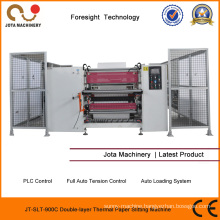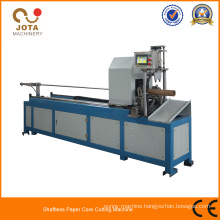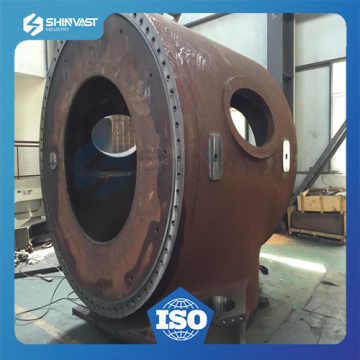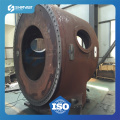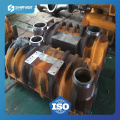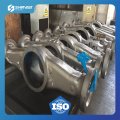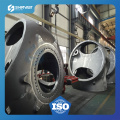Milling and boring machine parts
Basic Info
Model No.: SVI-205
Product Description
There are various types of boring. The boring bar may be supported on both ends (which only works if the existing hole is a through hole), or it may be supported at one end (which works for both through holes and blind holes). Lineboring (line boring, line-boring) implies the former. Backboring (back boring, back-boring) is the process of reaching through an existing hole and then boring on the "back" side of the workpiece (relative to the machine headstock).Because of the limitations on tooling design imposed by the fact that the workpiece mostly surrounds the tool, boring is inherently somewhat more challenging than turning, in terms of decreased toolholding rigidity, increased clearance angle requirements (limiting the amount of support that can be given to the cutting edge), and difficulty of inspection of the resulting surface (size, form, surface roughness). These are the reasons why boring is viewed as an area of machining practice in its own right, separate from turning, with its own tips, tricks, challenges, and body of expertise, despite the fact that they are in some ways identical.

Production and equipment:
Equipment list:
• pipeline production equipment
• machining equipment
(big horizontal CNC boring and milling machine, large CNC machining center, high-precision boring machine, CNC horizontal machining centers, CNC lathes, large planer milling machines, grinding machines, drilling machines, tuning machines, die casting machines, forging machines, punching machines, cutting machines, bending machines , plasma cutting machine, and other peripheral equipment, including three coordinates measuring instrument, projectors, optical instrument, hardness tester, gas tightness tester, roughness tester UT tester and other testing equipment)
• welding equipment
• bending press equipment
• rolling equipment
• shears equipment
• CNC plasma cutting equipment
• advanced paint room and equipment
• auxiliary equipment
Process
Milling is a cutting process that uses a milling cutter to remove material from the surface of a workpiece. The milling cutter is a rotary cutting tool, often with multiple cutting points. As opposed to drilling, where the tool is advanced along its rotation axis, the cutter in milling is usually moved perpendicular to its axis so that cutting occurs on the circumference of the cutter. As the milling cutter enters the workpiece, the cutting edges (flutes or teeth) of the tool repeatedly cut into and exit from the material, shaving off chips (swarf) from the workpiece with each pass. The cutting action is shear deformation; material is pushed off the workpiece in tiny clumps that hang together to a greater or lesser extent (depending on the material) to form chips. This makes metal cutting somewhat different (in its mechanics) from slicing softer materials with a blade.
The milling process removes material by performing many separate, small cuts. This is accomplished by using a cutter with many teeth, spinning the cutter at high speed, or advancing the material through the cutter slowly; most often it is some combination of these three approaches.[2] The speeds and feeds used are varied to suit a combination of variables. The speed at which the piece advances through the cutter is called feed rate, or just feed; it is most often measured in length of material per full revolution of the cutter.
There are two major classes of milling process:
In face milling, the cutting action occurs primarily at the end corners of the milling cutter. Face milling is used to cut flat surfaces (faces) into the workpiece, or to cut flat-bottomed cavities.
In peripheral milling, the cutting action occurs primarily along the circumference of the cutter, so that the cross section of the milled surface ends up receiving the shape of the cutter. In this case the blades of the cutter can be seen as scooping out material from the work piece. Peripheral milling is well suited to the cutting of deep slots, threads, and gear teeth.
Photos of our Oem milling and boring machine component
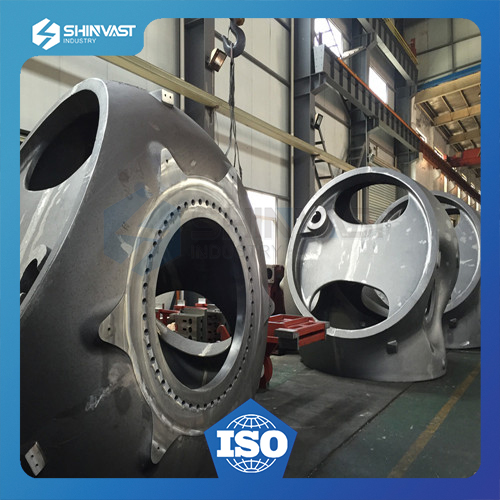
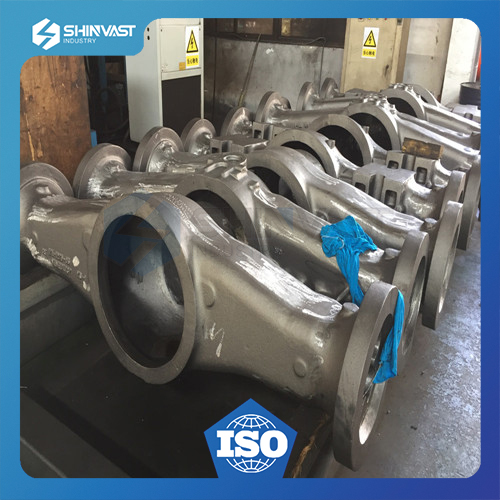
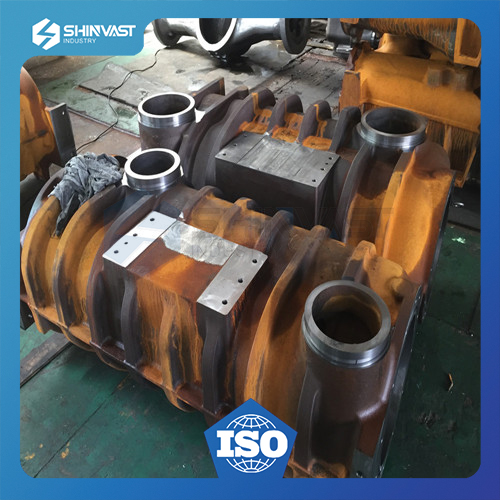

How to contact us?
Send your Inquiry Details in the Below, Click "Send" Now!
Contact us if you need more details on Milling and Boring Machine. We are ready to answer your questions on packaging, logistics, certification or any other aspects about Milling and Boring Machine Parts、Oem Milling and Boring Machine Component. If these products fail to match your need, please contact us and we would like to provide relevant information.
Product Categories : Casting Parts > Sand Casting Parts
